CN03 OA08: Identify natural and artificial sources of light, and classify objects according to these criteria.
CN03 OA09: Investigate through experimentation to explain some characteristics and properties of light, such as traveling in a straight line, capacity to reflect and refract, separation in seven colours, among others.
CN03 OA10: Investigate through experimentation to explain some characteristics and properties of sound, such as traveling in waves and in all directions, reflection, absorption, pitch, volume, among others.
This is a project to be done during all the unit of light and sound. The idea is for students to do experiments and discuss them as a class, to discover some properties of light and sound. They also should search for information in different sources (such as videos, Power Points, their notes, books, etc.), in order to complete the flipbook. The flipbook would be a final project, to be delivered at the end of the unit.
Especially for young learners, this process needs to be very guided and it is important to give constant feedback to students, to evaluate the learning process.
An evaluation guideline is included in the flipbook.
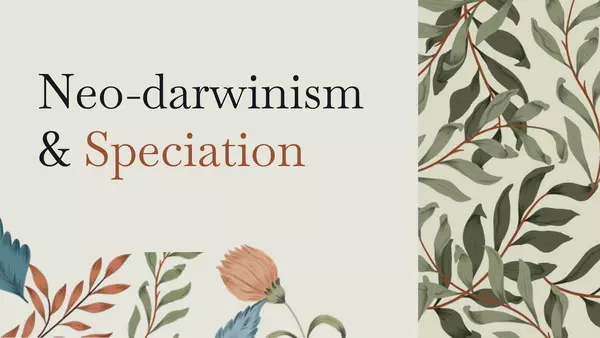
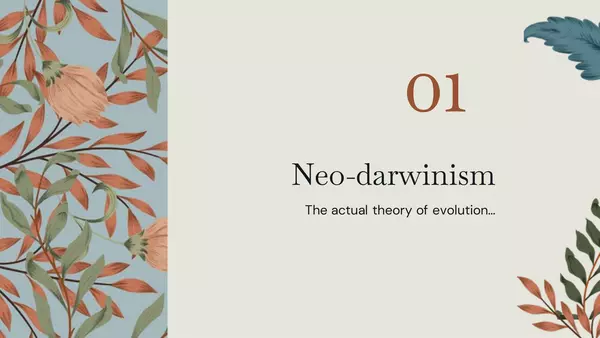
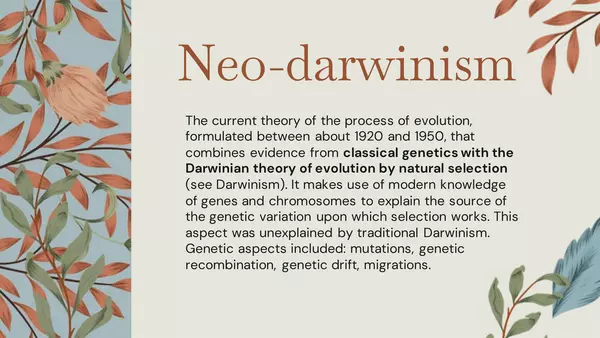
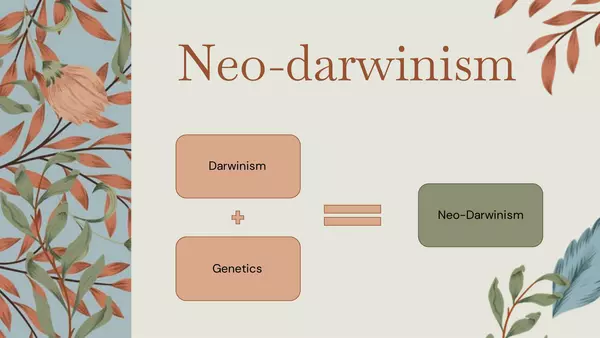
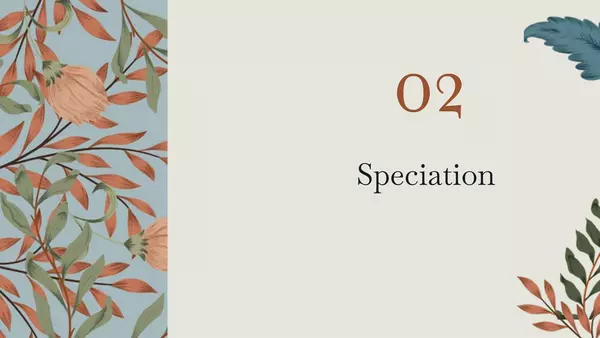





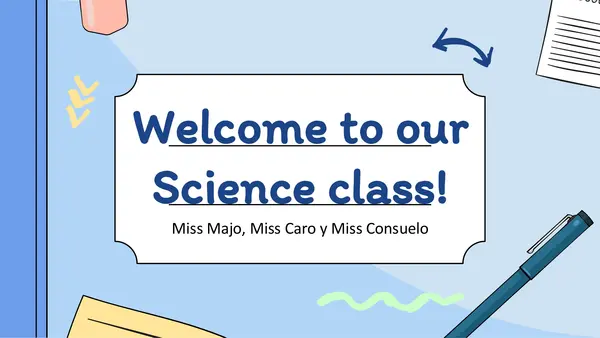
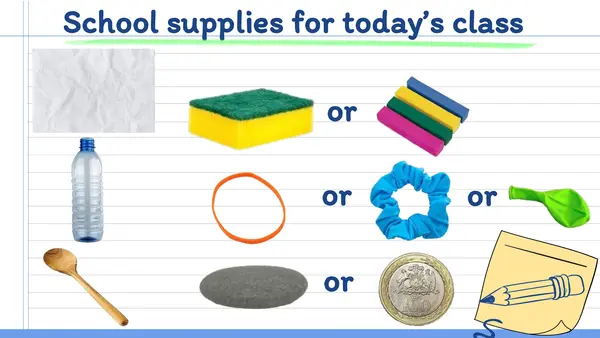
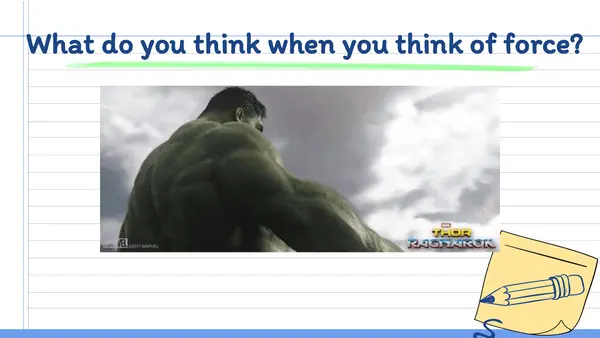
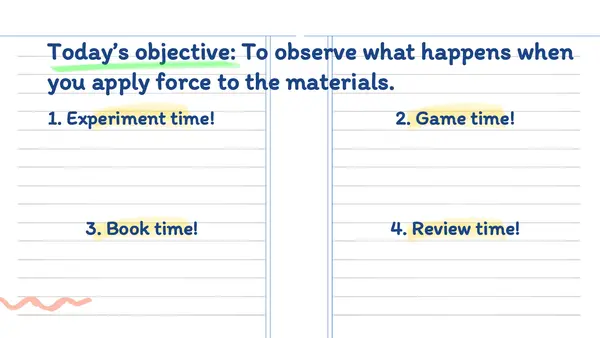
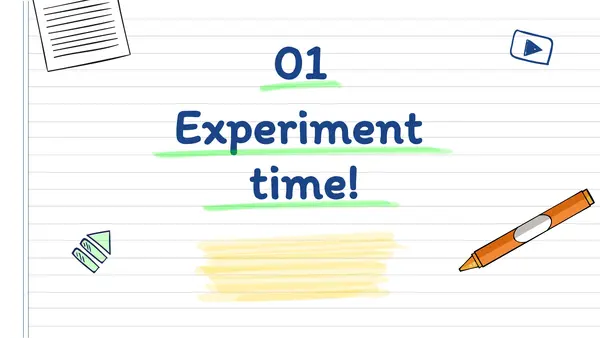
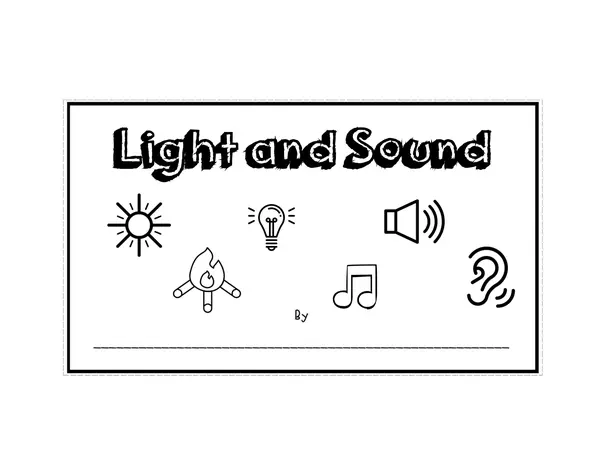
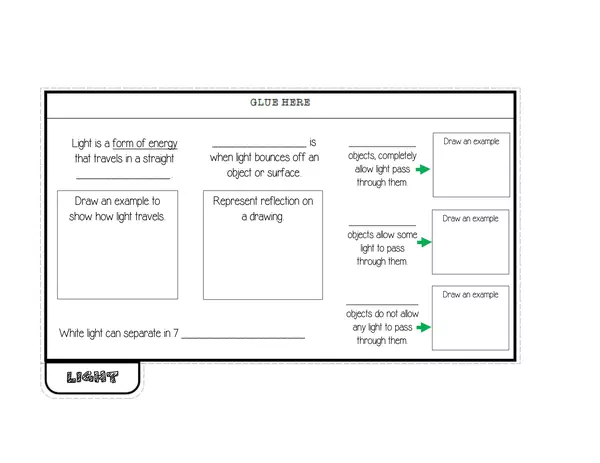
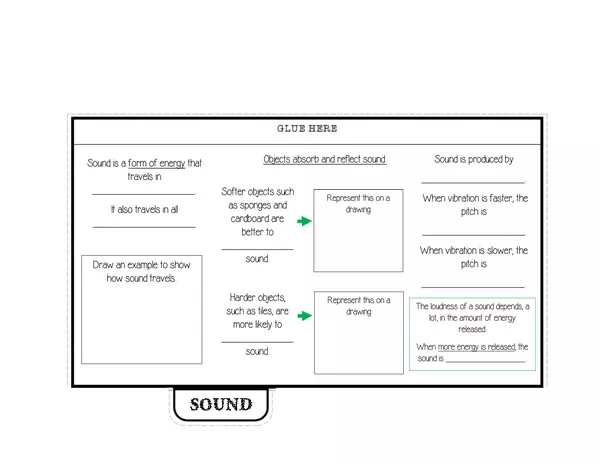
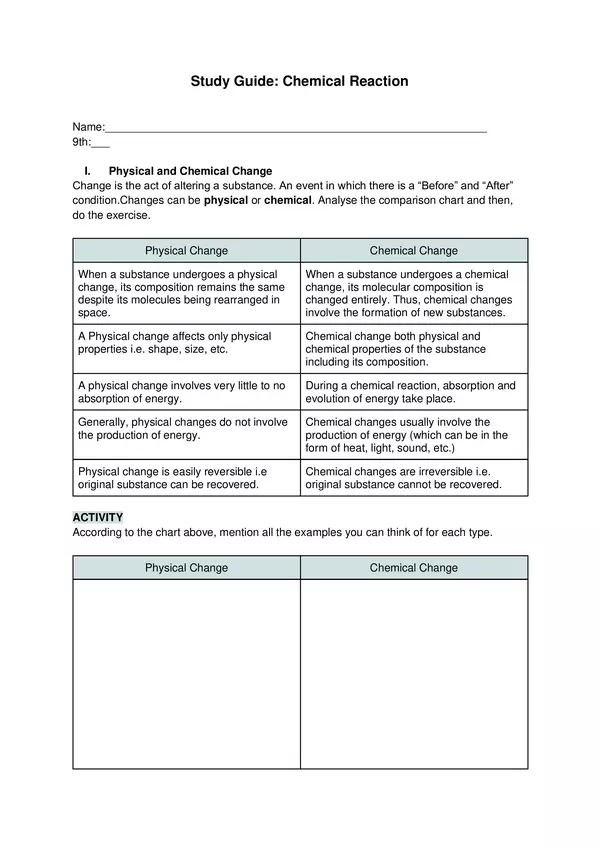
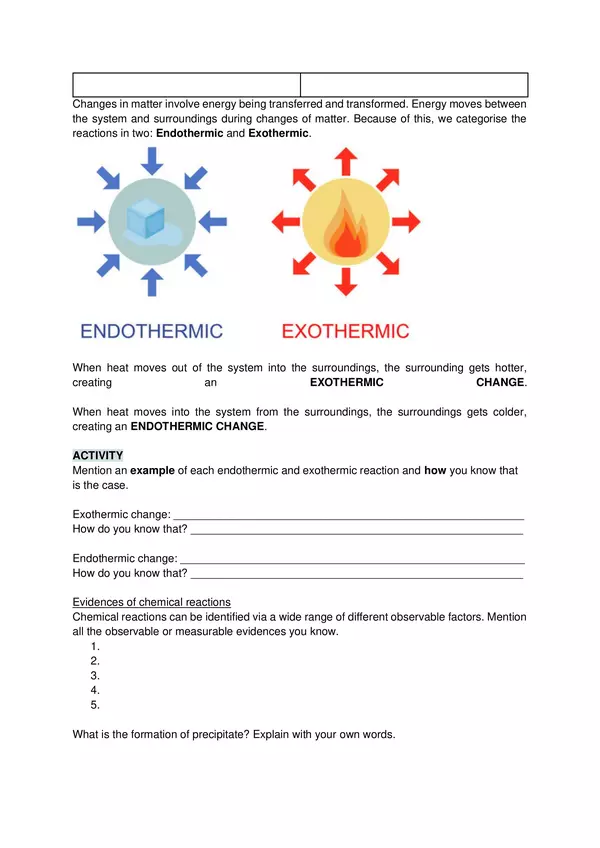
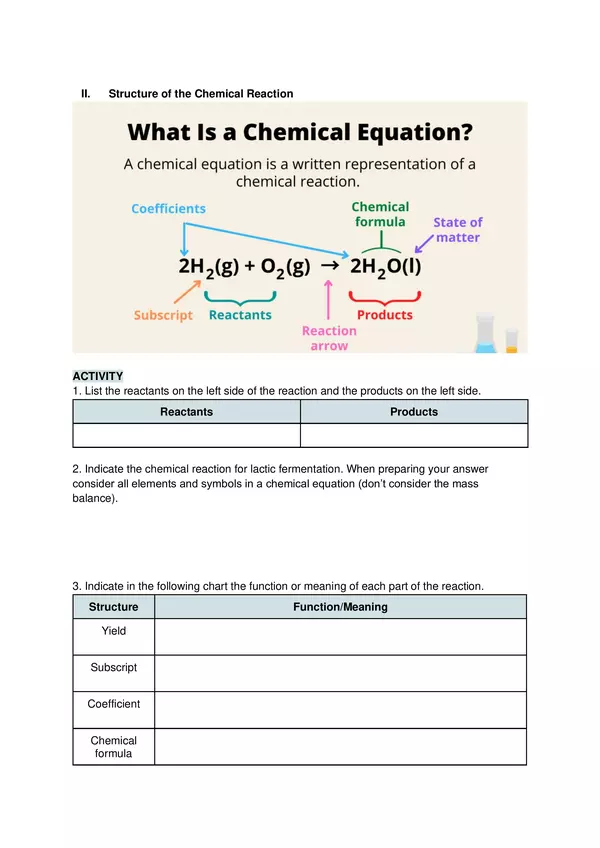
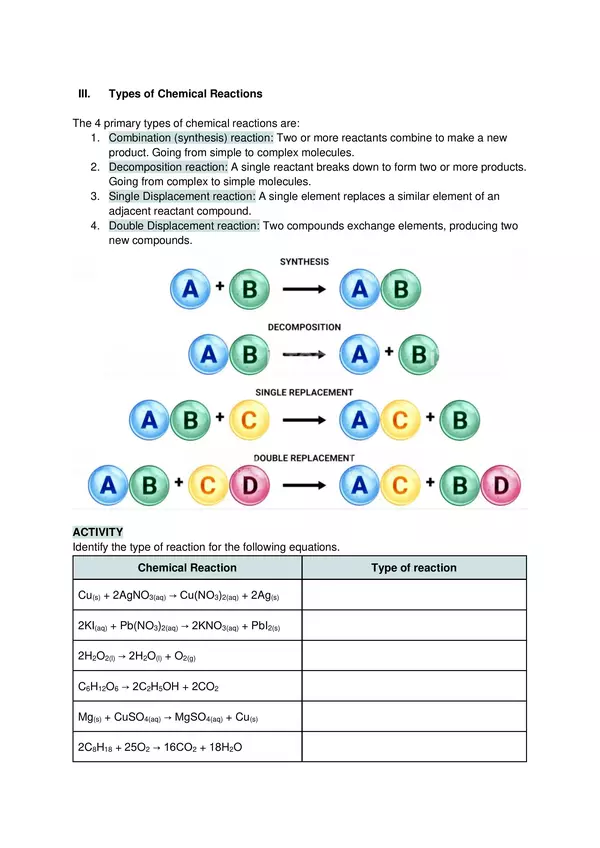
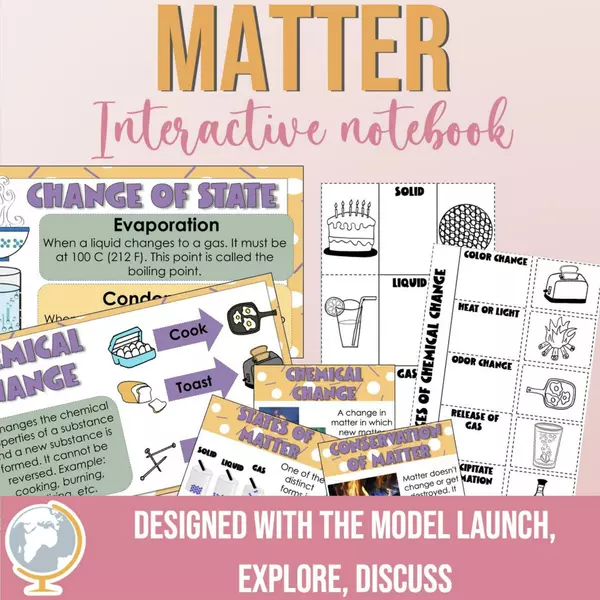
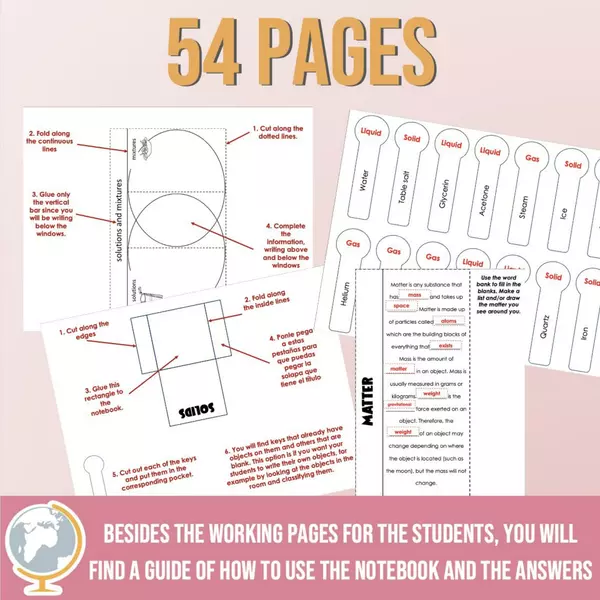
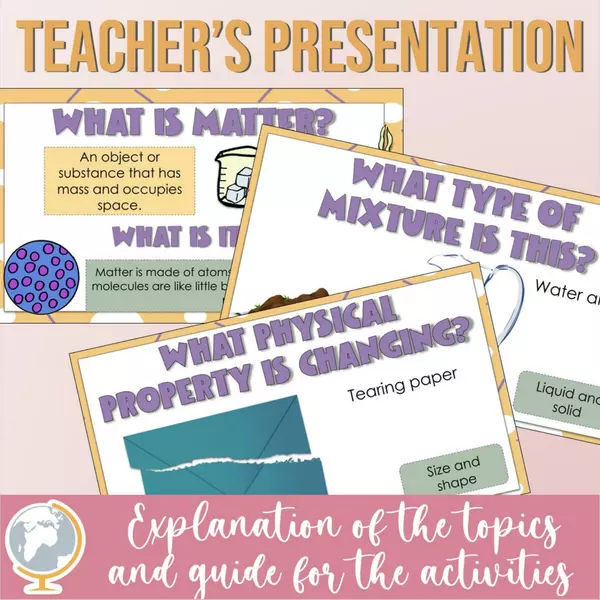
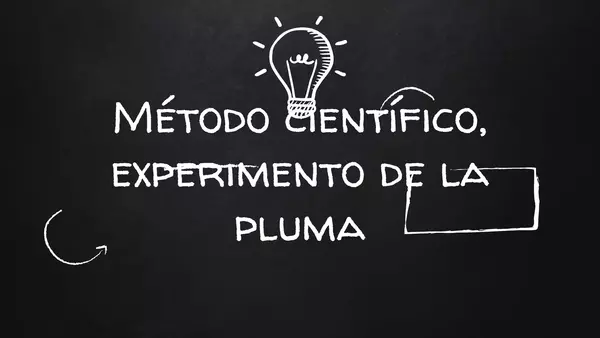
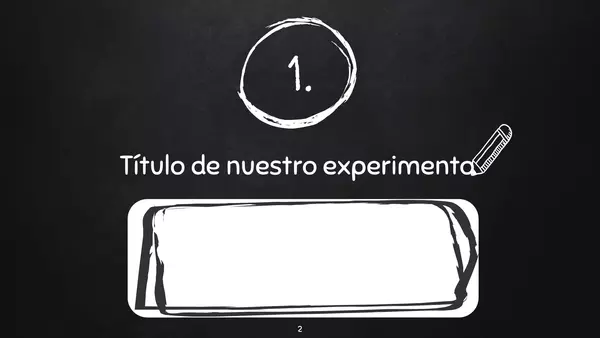
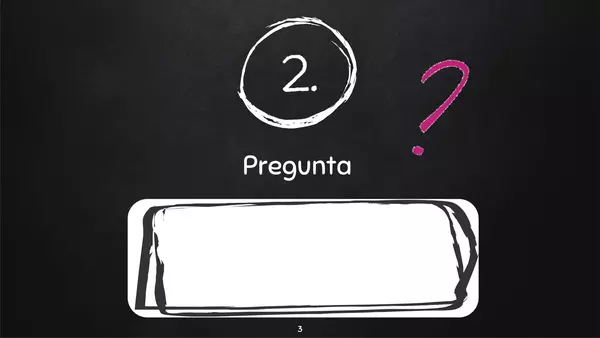
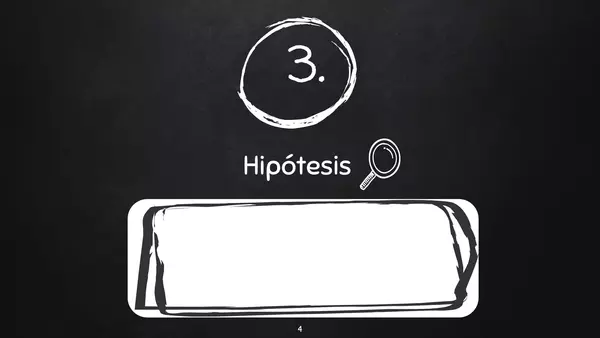
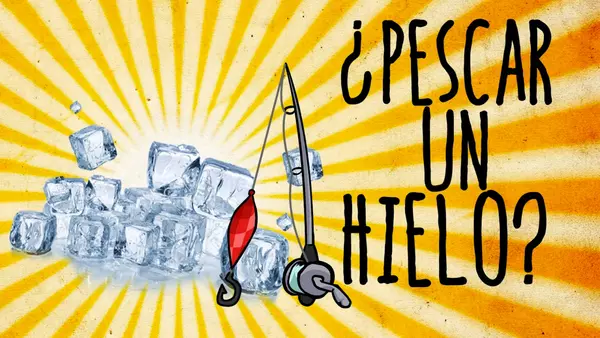
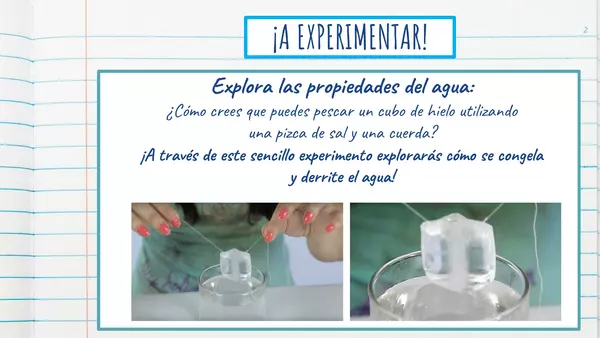
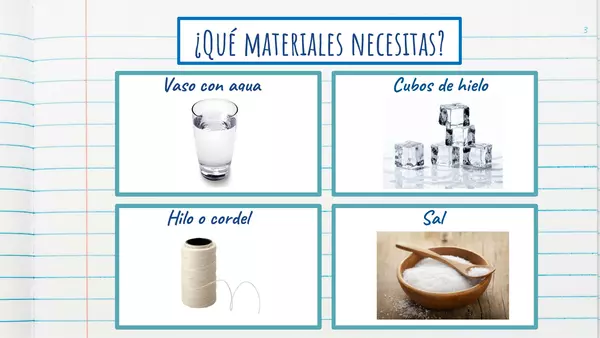
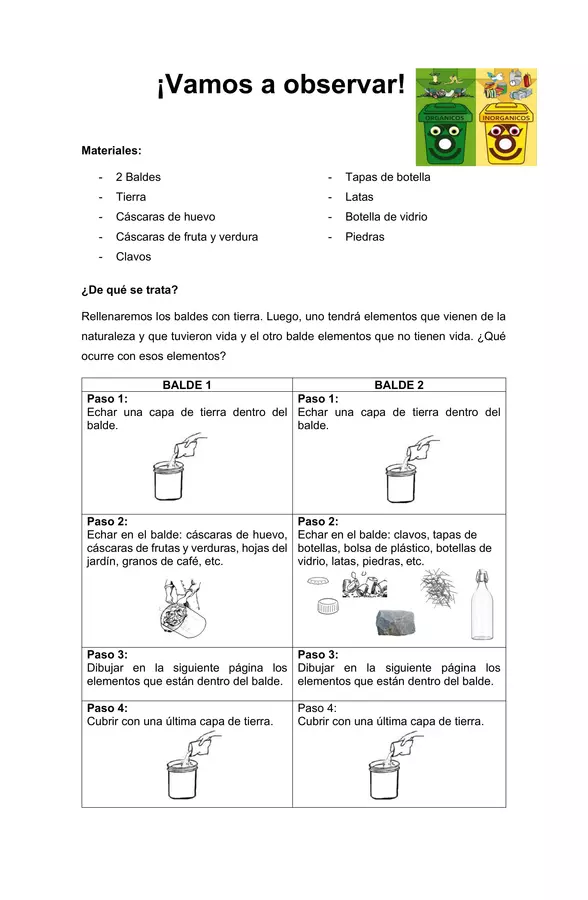
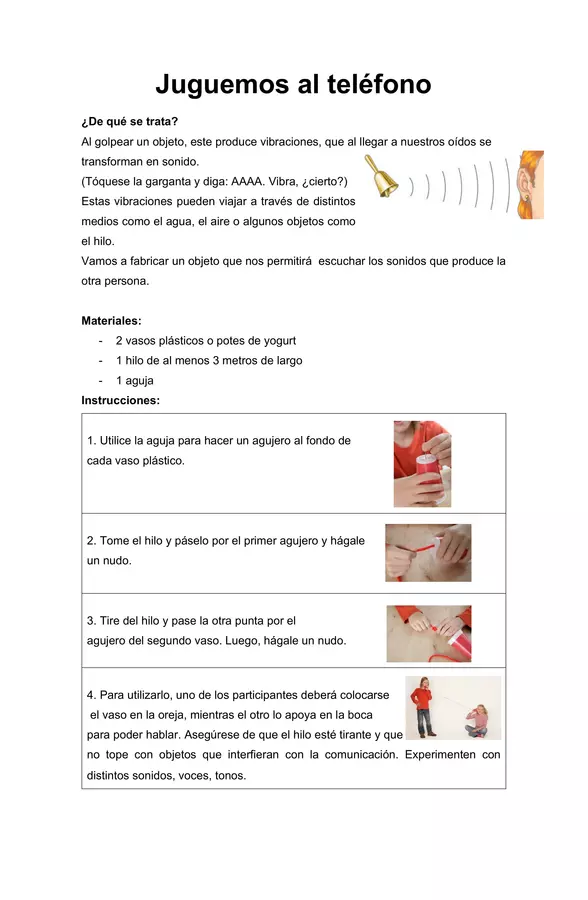

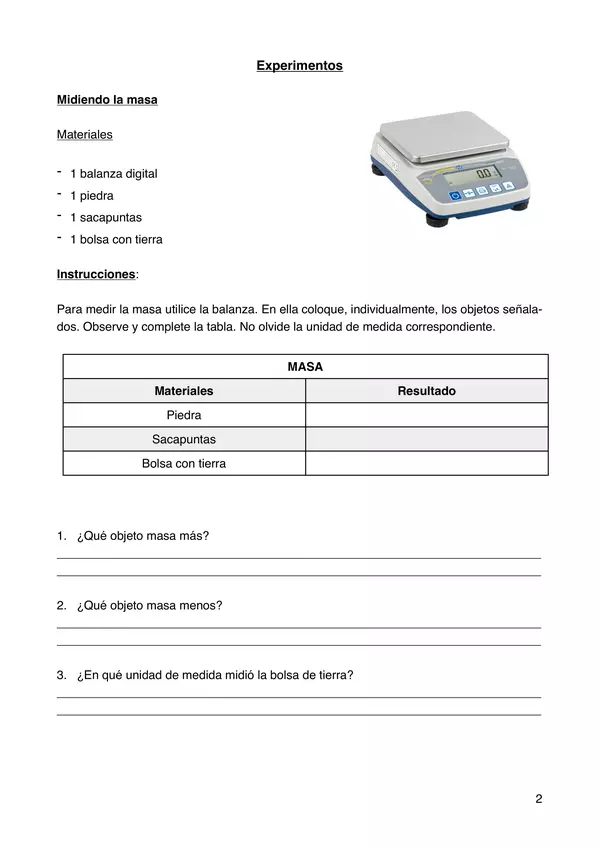
There are no comments yet, write one yourself!